KDF 85 process medium is an effective iron (ferrous) and hydrogen sulfide (H2 S) removal agent that may be used alone or to protect existing water filtration/ purification technologies in POE treatment of groundwater supplies.
When used alone, KDF media can remove more than 95% of chlorine, iron, heavy metals, hydrogen sulfide, and other contaminants from water. When used in combination with granular activated carbon (GAC), KDF media can significantly extend the life of the carbon.
Used ahead of reverse osmosis (RO) and ion exchange systems, KDF process media also safeguard expensive membranes, resins and system components.
Of the naturally occurring substances that are sometimes present in municipal rinking water sources, iron and hydrogen sulfi de represent two of the greatest removal challenges smaller municipal water treatment systems can face.
Iron
One fifth of the earth’s crust is made up of iron ore. As rain water soaks through the earth, it dissolves and carries iron molecules with it into groundwater sources. The dissolved iron in groundwater is called “clear iron” because it does not have the rusty brownish color we typically associate with iron-laden water. However, when this water is brought to the surface and comes into contact with oxygen in the air, the clear iron oxidizes (rusts) and turns into the brown contaminant that stains toilets, tubs, sinks, and laundry, and makes drinking and cooking with tap water unpleasant.
And those are just the consequences you can see. At the same time iron-laden water is staining your white socks, it is also busy corroding any metal it comes in contact with. That includes your household plumbing, your hot water heater, and even municipal water delivery pipes, whose installation and maintenance are paid for by your tax dollars.
In other words, iron in your tapwater isn’t just unsightly, it also costs everyone a lot of money.Many towns and cities with iron-contaminated water have resorted to treating one chemical contaminant with another. They use a family of compounds called polyphosphates to sequester (chemically bind) dissolved iron. Polyphosphates are supposed to keep the iron from settling out so it won’t corrode water delivery pipes
Laundry detergent manufacturers are no longer allowed to use polyphosphates in their formulas, yet you may live in a town that adds them to the water you drink and bathe in. There are many drawbacks to using polyphosphates. For example, they don’t work in water that has iron levels above 1.0 parts per million (ppm).
Another drawback is that the chemical complex created by the polyphosphate and iron breaks down within 48 to 72 hours. It also breaks down when the water is heated. (There goes your hot water heater.) That means municipal water treatment plants need to continually add more polyphosphates. In addition to the cost of the chemical itself, polyphosphates also impose additional costs on taxpayers because they require special handling, storage, and higher insurance premiums, not to mention the labor to load and maintain the proper dosage.
Rather than coating the dissolved iron with more chemicals, it’s better to remove the iron in the water plant, before the contaminated water is sent throughout the system to damage your plumbing and laundry.
That’s where KDF® process media come in. KDF process media are a patented formulation of dissimilar metals that uses a process known as oxidation/reduction to remove contaminants such as iron, lead, mercury and other heavy metals from water. Oxidation/reduction is a chemical process as old as rust. In the case of iron removal, it actually is rust.
When the dissolved clear iron comes into contact with KDF 85 medium, the iron oxidizes (rusts), becoming a solid again. The medium then filters out the iron — long before it has the chance to do its dirty work in municipal delivery pipes and residential plumbing.
The KDF 85 medium water treatment process is simple, doesn’t add any chemicals to your drinking water, and is cost-effective. In small utility plants, water can be processed at about 0.00014 cents per gallon based on 15 years of treatment. Treating iron with phosphates, on the other hand, costs taxpayers many times that amount.
Of the naturally occurring substances that are sometimes present in municipal rinking water sources, iron and hydrogen sulfi de represent two of the greatest removal challenges smaller municipal water treatment systems can face.
Hydrogen Sulfi de
Hydrogen sulfide is formed in groundwater when bacteria decompose vegetation and other organic matter. Even in concentrations as low at 0.01 parts per million, the rotten egg smell that’s characteristic of hydrogen sulfide can be very obvious.
Often, the disgusting odor given off by hydrogen sulfide makes us forget that the problems go far beyond our noses. This gas is highly corrosive and can easily harm water delivery pipes as well as a homeowner’s appliances and fixtures.
There are several ways to remove hydrogen sulfide from water supplies. Many big municipalities rely on aeration towers and degasifi cation systems—remedies that are much too costly for smaller public utilities. Another alternative is to use chlorine to burn (oxidize) the hydrogen sulfide gas, converting it to water soluble, odorless, hydrogen sulfate. Unfortunately, this process consumes a large amount of chlorine, posing the risk of forming trihalomethanes (THMs) in quantities that exceed the Environmental Protection Agency’s limits.
A KDF 85 redox alloy medium water treatment system can eliminate hydrogen sulfide at the source, KDF 85 medium electrochemically reduces the hydrogen sulfide gas to insoluble sulfide, an inert, harmless precipitant that is removed from the water by the physical filtration mechanism of the medium. Accumulations of this precipitant are then flushed from the filter bed by regular backwashing.
KDF redox alloy media are certified by the NSF Standard 61 and Standard 42 – your assurance they meet appropriate public health standards.
If you would like your public officials to learn more about this effective and cost-efficient water treatment system, encourage them to call KDF Fluid Treatment at
Of the naturally occurring substances that are sometimes present in municipal rinking water sources, iron and hydrogen sulfi de represent two of the greatest removal challenges smaller municipal water treatment systems can face.




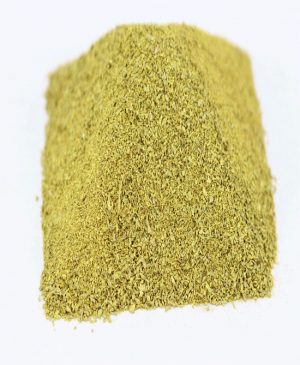
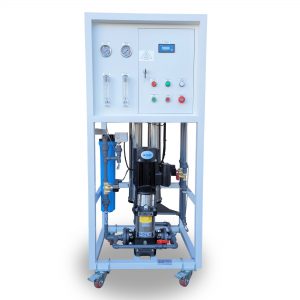





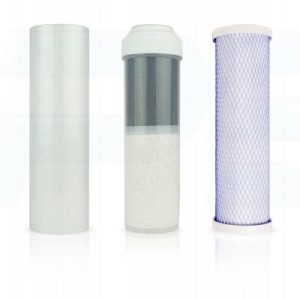
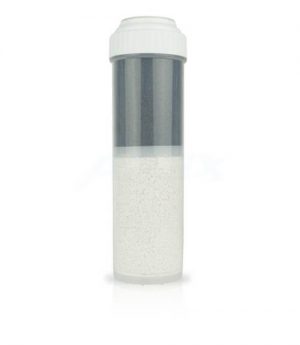

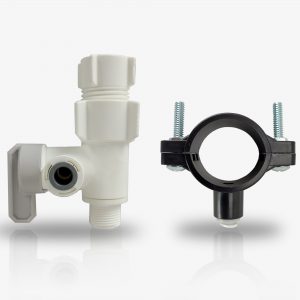

Reviews
There are no reviews yet.